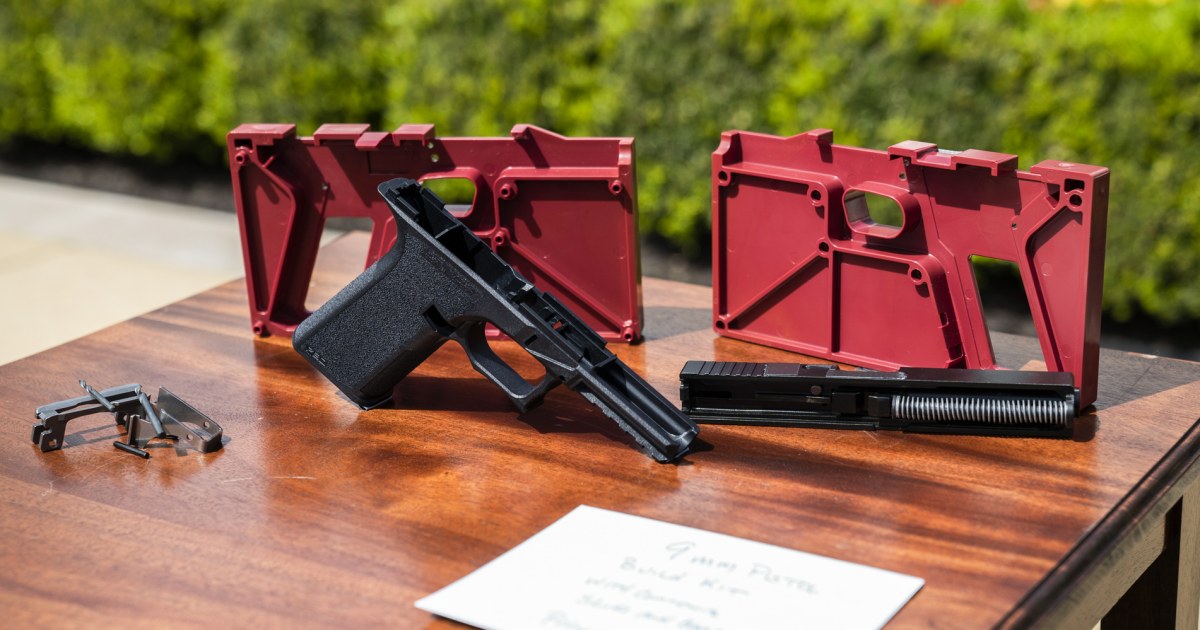Key takeaways:
- The United States Supreme Court upheld a Biden administration regulation to include “ghost gun” kits under the definition of “firearm” as per federal law, marking a significant step in addressing gun violence.
- In a 7-2 ruling, the court determined that the ATF’s regulation aligns with the federal Gun Control Act, affirming the agency’s authority to regulate weapon parts kits and unfinished frames or receivers.
- The decision resolves a legal debate on ghost gun kits, enhancing oversight and accountability in gun parts distribution, and is seen as a victory for stricter gun control advocates.
The United States Supreme Court has upheld a regulation from the Biden administration aimed at controlling the distribution of “ghost gun” kits. These kits, which allow individuals to assemble firearms from parts purchased online, have been included under the definition of “firearm” as per federal law by the Bureau of Alcohol, Tobacco, Firearms and Explosives (ATF). The decision marks a significant step in federal efforts to address gun violence by regulating these unserialized firearms.
In a 7-2 ruling, the Supreme Court determined that the ATF’s regulation of ghost gun kits aligns with the federal Gun Control Act. Justice Neil Gorsuch, writing for the majority, stated that the court found no substantial grounds to support the challengers’ arguments against the regulation. The decision clarifies that the ATF has the authority to regulate certain weapon parts kits and unfinished frames or receivers under existing firearms law.
This ruling resolves a contentious legal debate regarding the regulation of ghost gun kits, which have been a point of concern for gun control advocates due to their lack of serial numbers and ease of assembly. By including these kits under the same regulatory framework as other firearms, the decision aims to enhance oversight and accountability in the sale and distribution of gun parts.
The Supreme Court’s decision is seen as a victory for those advocating for stricter gun control measures, as it supports the federal government’s ability to regulate firearms more comprehensively. The ruling underscores the court’s interpretation of the Gun Control Act of 1968, affirming that the law permits the regulation of certain firearm components to address public safety concerns.



Be First to Comment